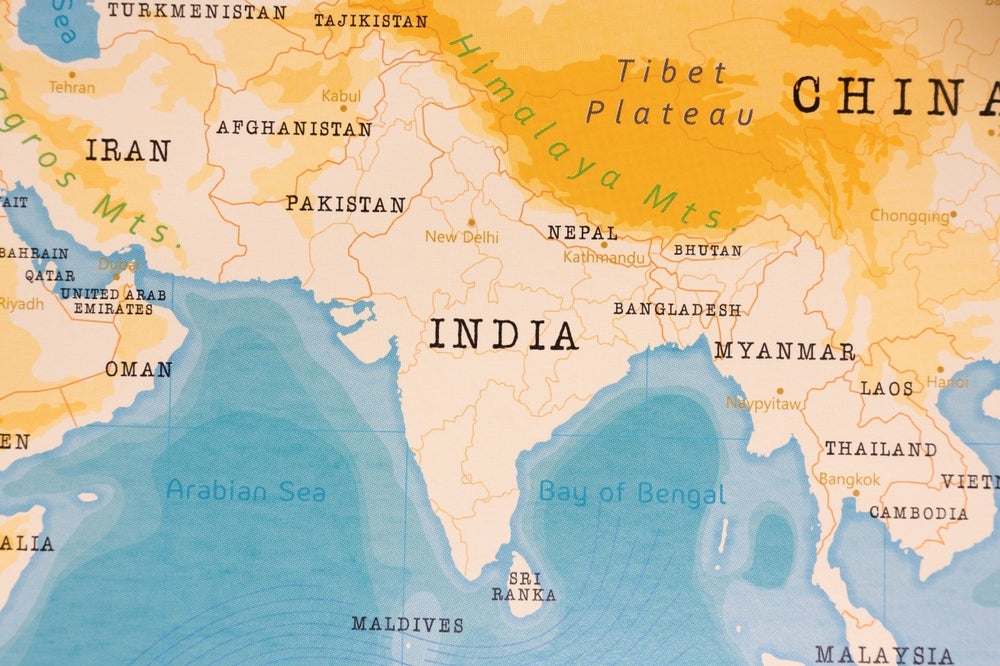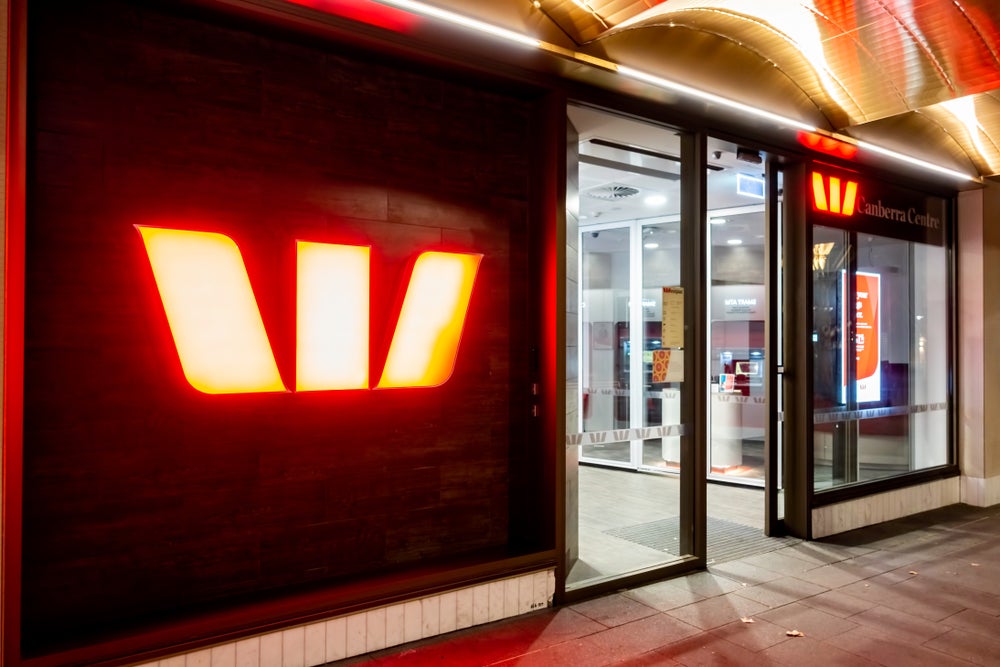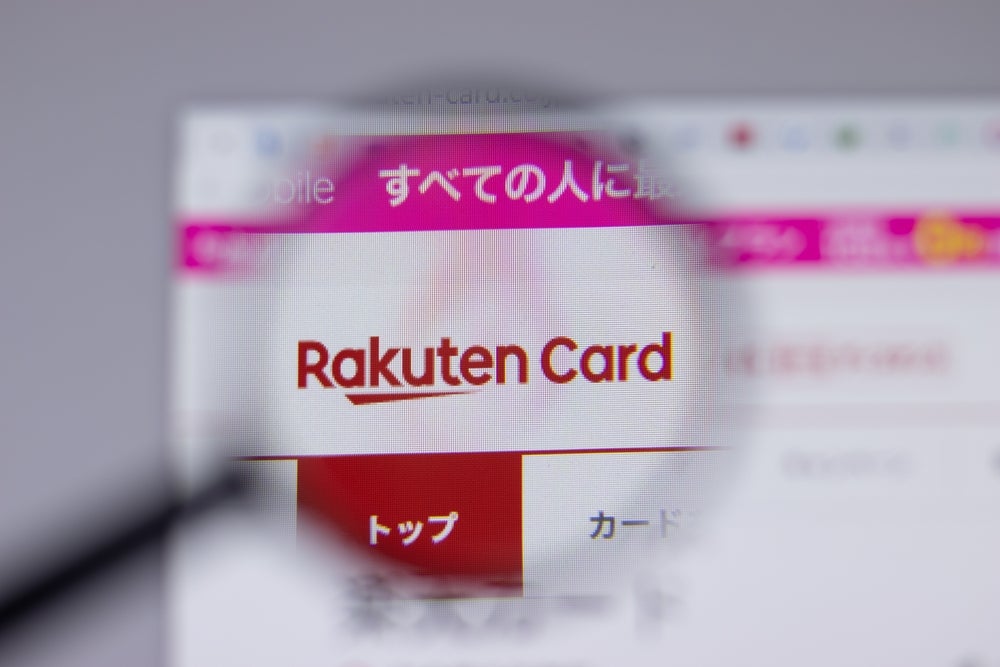Government reforms have had significant
effects on the profitability and product structure of the credit
card industry in Australia. Following several years of rapidly
mounting credit card debt, Australians are gradually making the
shift to scheme debit cards. Sarah Williams
reports.
Although Australia does not have a highly penetrated credit card
market, Australians in possession of credit cards have been very
happy to use them. However, there is evidence of a flight to debit
cards, particularly to international scheme cards. Debit card
spending between 2002 and 2006 was double that of credit cards.
Credit card applications fell in the first quarter of 2007 for the
fourth consecutive quarter.
There are several factors underlying the move from credit. Moves by
the Australian government to regulate the credit card industry have
resulted in less favourable terms for cardholders, as issuers feel
the interchange and profit squeeze and respond by increasing fees
and decreasing rewards. There is also considerable concern over
levels of consumer indebtedness. And it is a mature market – many
of the Australians who want a card have already got one.
Issuers are therefore limited in their ability to create growth
through increasing cardholder numbers, and are concentrating on
generating higher revenues from existing cardholders. For example,
several card issuers have applied a new range of fees and charges.
These included increases in ATM fees, overseas cash advances,
foreign exchange conversion fees and over-the-counter cash access
fees.
Credit cards
The Bankcard credit card scheme was Australia’s first bank-issued
credit card. Launched in October 1974, Bankcard at its peak had
over 5 million cards in issue and dominated the credit card market
in Australia. However, it was not accepted internationally and
this, coupled with the fact that it could not compete with the
zero- and low-interest rate products being introduced by Visa and
MasterCard, led to its demise in 2006.
There were 13.75 million credit/charge card accounts in Australia
as of the end of the third quarter of 2007. Credit card
transactions totalled just over 1 billion, with a total transaction
value of A$148.4 billion ($131 billion) and outstanding balances of
that slightly exceeded A$41 billion, according to figures from the
central bank, the Reserve Bank of Australia (RBA) (see Figure
1).
How well do you really know your competitors?
Access the most comprehensive Company Profiles on the market, powered by GlobalData. Save hours of research. Gain competitive edge.

Thank you!
Your download email will arrive shortly
Not ready to buy yet? Download a free sample
We are confident about the unique quality of our Company Profiles. However, we want you to make the most beneficial decision for your business, so we offer a free sample that you can download by submitting the below form
By GlobalDataBased on issuers’ data, CI estimates that, as of late 2006,
Australia had approximately 7 million private-label cards in
circulation with outstanding balances totalling around A$18.5
billion.
According to Citibank’s Payment Evolution Report of July 2007,
among the seven major economies of Asia-Pacific, Australia had the
lowest number of credit cards per capita but ranked highest in
terms of card use. The research found that cardholders use their
credit cards an average of 5.4 times a week, 12 percent use their
card 11 or more times per week and 3.5 percent use their cards more
than 20 times per week. The average Australian was found to have
used his/her credit card online 5.6 times over the previous six
months.
There are growing concerns about the high levels of credit card
indebtedness of Australians, particularly regarding consumers aged
18 to 27. According to a recent study conducted by a consumer
credit check company, people in this age group applied for almost
one-third of the 3.7 million new credit cards in Australia in 2006
and are actively using credit to underwrite their lifestyle, given
historically low interest rates.
According to the latest annual report of the Insolvency and Trustee
Service of Australia, excessive use of credit and credit cards has
contributed to a leap in the number of personal bankruptcy cases.
The report says the number of new bankruptcies, debt agreements or
personal insolvency cases rose to 31,971 in 2006-2007, up 16.9
percent year on year.


Debit cards
As of the end of September 2007, there were just over 27 million
debit card accounts in the country, with the number of transactions
totalling over 624 million for a total transaction value of over
A$106 billion (see Figure 2). Most Australians have tended to use
an ordinary bank debit cash card to access the domestic proprietary
EFTPOS (electronic funds transfer at point of sale) system, but
over the past two years there has been a shift towards
international scheme debit cards.
Scheme debit cards have become so popular that more debit card
accounts were opened in 2006 than in the previous three years,
according to RBA numbers. The advantages of scheme debit over
traditional debit cards are that non-scheme cards cannot be used
online, nor can they be used for overseas purchases or cash
withdrawals from overseas ATMs. Debit cards are actually capturing
a greater share of purchases than credit cards. In the year ending
November 2006, debit cards captured 50.87 percent of the number of
purchases, according to Australian card industry advisers MWE
Consulting.
However, credit cards are still favoured for larger value
transactions. As of the third quarter of 2007, a typical credit
card sale transaction value was A$148 compared with A$68 for EFTPOS
and debit scheme transactions.
The increased use in debit cards is also due to the growth in
annual fees that have been levied on credit card accounts since the
government reforms on interchange took effect (see below). Scheme
debit cards generally have a monthly account fee which is a little
higher than for a traditional debit card.

Prepaid cards
Prepaid cards were introduced to Australia in 2005 with the bopo
card, a Visa-branded card issued by Bill Express, a company that
also offers bill payment terminals. In the same year, National
Australia Bank (NAB) launched Cash Passport, a prepaid, reloadable,
PIN-protected, multi-currency travel money product issued by
foreign currency service provider Travelex.
It was in 2006 that the prepaid market began to grow. In November
of that year, both ANZ and Westpac introduced schemed prepaid cards
that can be purchased in branches or online. ANZ offers a Visa Gift
Card and Westpac a MasterCard Gift card, both of which can be used
online. ANZ also offers prepaid foreign currency travel cards. The
main advantage that banks have over bopo is that they enjoy much
higher brand awareness. However, crucially, the ANZ/Westpac
offerings are not reloadable, whereas bopo is. Several smaller
banks offer prepaid products and Virgin Money has plans to launch
its own such card in Australia. According to Visa, the prepaid card
market in Australia and New Zealand grew from a low base in 2005 to
more than 30,000 cards issued in 2006.
In May 2007, the prepaid markets in Australia and New Zealand were
boosted by the news that US stored value gift card and prepaid
solution provider InComm is expanding its product and technology
solutions to the region. In November 2007, Visa teamed up with
Melbourne-based prepaid card company SCX Global to launch the
country’s first disposable, virtual prepaid card. The Vcard, which
is designed for internet and telephone purchases only, is issued by
Heritage Building Society.
Contactless
Commonwealth Bank of Australia was the first bank to roll out
MasterCard’s PayPass contactless payment technology through a trial
in Sydney that had issued 33,000 cards by April 2007. The
initiative was given another push in November 2007 when the two
partners gave away 3,000 cards loaded with A$25 at the 2007
MasterCard Masters golf tournament. As of November 2007, only 100
merchants in Australia have PayPass readers but a major roll-out of
readers is planned over the next 12 months.
In August 2007, NAB and Telstra teamed with Visa to conduct the
first trial of new technology, which will allow customers to
authorise payments with the wave of a special mobile phone. This
trial of the Visa payWave technology will commence in Melbourne in
early 2008.
Government reforms
The Australian government has been proactive in instituting a
series of reforms to the cards industry. In 2002, the RBA issued a
crucial ruling on credit card interchange that has had many
ramifications for the industry. The reforms were broadly aimed at
opening up the credit card system and increasing competition, and
had three main goals: one, to provide open access to the card
associations, namely Visa and MasterCard, enabling non-banks to
join and issue association cards; two, to reduce credit card
interchange fees, which the RBA determined would drop to 50 basis
points effective October 2003; and three, to ban the no-surcharging
rule imposed on retailers by the card associations.
In October 2006, the RBA announced new rules aimed at opening the
EFTPOS system to new entrants. Under the access regime developed in
consultation with the Australian Payments Clearing Association,
prices charged by an existing participant in the EFTPOS system for
a new connection have been capped. The RBA has set a cap on EFTPOS
interchange fees of A$0.05, which applies for three years from 1
November 2006. The minimum interchange fee that can be charged has
been set at 80 percent of the cap. The RBA said that the cap is
expected to cut interchange fees paid by EFTPOS issuers to
acquirers from a current average of around A$0.20 to between A$0.04
and A$0.05 for transactions that do not involve withdrawing cash.
The RBA said provisions within the code are aimed at helping to
ensure that negotiations over interchange fees are not used to
block entry into the EFTPOS system.
In May 2007, the RBA started a review of the card payments system
and is looking into zero interchange fees for credit and debit
cards, as well as EFTPOS. In response, MasterCard has warned that
if the cards market faced further regulation of the interchange
fees, MasterCard would be forced to review its investment in the
Australian market.
Effects of reforms
There have been a number of direct and indirect effects of these
changes. One major overall effect has been a shift from credit card
use to debit card use.
The reduction in interchange had implications for the profitability
of many issuers. According to the Merchants Payment Coalition,
credit card interchange fees now average close to 0.55 percent in
Australia. Prior to the reforms, interchange had been a significant
source of revenue for credit card issuers in Australia. In 2002,
card issuers received about A$750 million in interchange fees (or
A$46 per card), representing 18 percent of total revenue. Issuers
were forced to examine the profitability of their card operations.
The cap on transaction fees has generally led to higher card fees
along with less generous rewards/loyalty programmes.
Another effect was that some businesses in the country began
implementing surcharges. In the cases of SMEs, they were often
applied selectively. As a consequence, merchant acceptances rate
for American Express and Diners Club cards were more severely
affected than those for Visa and MasterCard. Today, many retail and
service providers surcharge some or all credit cards, a practice
that often varies by region/local area.
Competitive landscape
The Australian market is dominated by the four largest banks – ANZ
Banking Group, Commonwealth Bank of Australia, National Australia
Bank and Westpac Banking Corporation. The government has restricted
takeover activity and mergers between these four banks. Foreign
banks that have entered the Australian market have found the
entrenched nature of the Australian banks difficult to overcome.
The four have considerable market share (see Figure 3), although
this has been gradually declining.
Although the RBA wanted to encourage non-banks to issue Visa and
MasterCard cards, since 2003 no major non-banks have entered the
card market as independent individual issuers. The successful
market entries have all involved partnerships with existing banks,
for example, Virgin Money/Westpac (recently terminated – see below)
and Aussie Home Loans/ANZ.
Several players outside the top four have been trying to gain
ground. For example, HSBC announced in April 2007 that it is
planning to double its credit card market share over the next two
years. And new entrants continue to enter the market – Macquarie
Bank launched its own credit card earlier this year and the bank
has said it expects to have a few hundred thousand branded and
white-label cards in issue within the next three years.
Retailers are also entering the credit card fray: in July 2007,
department store David Jones said it had selected American Express
and Citi as the two preferred contenders for a co-branded credit
card. The card, to be introduced in 2008, will partly replace the
company’s existing store card.
Other card players in the Australian market include American
Express with 1.3 million cards and A$3 billion in receivables, and
Citibank subsidiary Diners Club with 420,000 cards and A$450
million in receivables as of March 2007.

MAJOR PLAYERS
Commonwealth Bank of Australia (CBA)
Commonwealth Bank describes itself as the largest retail bank in
Australia. It has the largest number of ATMs (3,242) and branches
(1,010). In August 2007, the bank announced a 14 percent increase
in annual net profit to $4.47 billion. Lack of a low rate credit
card offering meant that its growth of 2 percent in cards was well
behind market growth of 8.7 percent. In July 2007, the CBA
announced that it was moving processing for its 2.5 million credit
cards to an external processing bureau to be run by EDS
Australia.
National Australia Bank (NAB)
In 2007, NAB announced a programme to extend its ATM network by
around 25 percent through its alliance with major retailing group
Coles, with 40 percent of new machines to be located in suburbs
where there is currently no NAB presence. In 2007, NAB launched
Velocity NAB credit cards, which allow customers to earn points for
Virgin Blue airline’s loyalty programme. Other NAB cards include
the NAB Visa Mini Card and the NAB Low Rate Visa Card. As indicated
above, NAB is involved in Australia’s first trial of Visa payWave
technology.
ANZ
ANZ is Australia’s third-largest bank and has launched many
initiatives to ward off competition from foreign players and from
non-banks joining the market. For example, it has introduced
personalised cards, prepaid foreign currency travel cards, Visa
debit cards targeted at the young adult market, gift cards and a
three-party card scheme. The bank also placed a heavy focus on
customer-level communication. It claims that this has paid off and
that it now has the highest level of customer satisfaction among
the major banks in personal banking and cards divisions.
ANZ has also implemented the Falcon security system to reduce
security breaches and has robust risk management systems in place.
It uses behavioural scoring, which has resulted in over 40 percent
of its credit card applications being rejected.
Westpac
Westpac has had very strong credit card growth in recent years,
especially in terms of balances outstanding, and Figure 3 shows it
to be Australia’s largest issuer on that basis. In 2006 the bank
revamped its cards product suite, introducing a number of products
including the Earth and Altitude platinum cards.
In November 2007, Westpac severed its five-year credit card
partnership with Virgin Money. It is believed that Westpac earned a
very small margin from the card which, in profit terms, is
dependent on having a large number of customers because the fee
revenue is much lower than that from higher-priced premium cards.
When the arrangement began in 2003, it was seen as an opportunity
for Westpac to increase the size of its small credit card business.
However, since then, Westpac has become Australia’s largest card
provider and as a result the Virgin card has become a less
important part of its business. Virgin is now seeking to buy the
portfolio.







